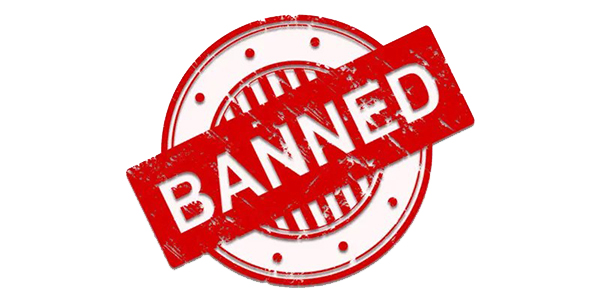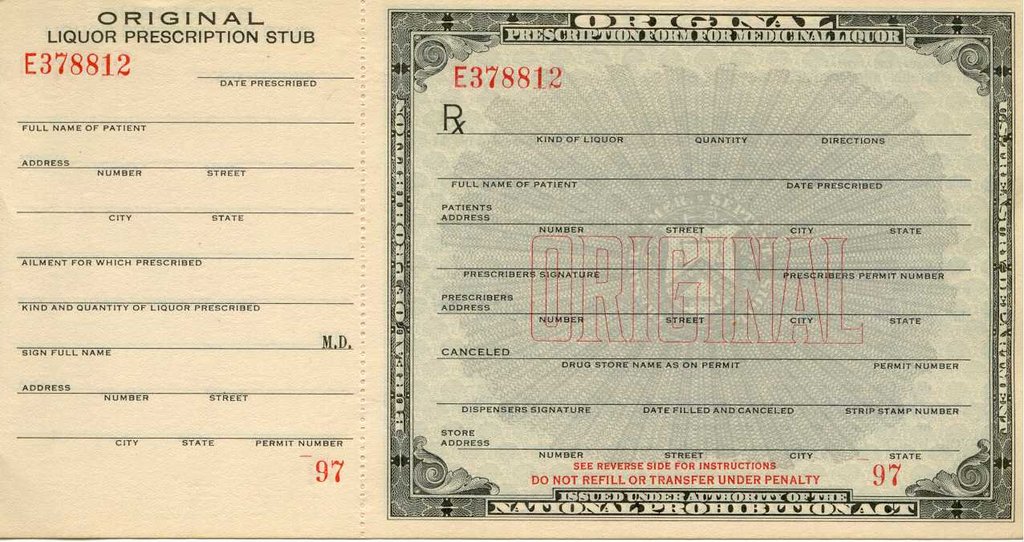
Playing word games. Does Australia ‘ban’ vaping?
Posted on February 20, 2024 By Colin
ANTI-VAPING ACTIVISTS Becky Freeman and Simon Chapman claim that Australia does not officially ‘ban’ vaping because vapes are available on prescription. However, this semantic argument overlooks the practical realities faced by vapers every day.
The essence of a ban is to prevent access or to make access so difficult that it becomes impractical for the average person to follow the preferred legal pathways.
By this measure, Australia's vaping regulations are a "de facto" ban, effectively curtailing legal access to vaping products and pushing consumers toward illicit channels
All prescription medicines are also "banned!"
Simon Chapman likes to say that if the prescription vaping model is a ban, then all prescribed medications must also be seen as banned.
However, this ingenuous comparison ignores the very real barriers faced by vapers that medical patients do not experience in getting prescription medicines
Most GPs are poorly informed and skeptical about vaping and many lack the knowledge or confidence to even discuss the issue with smokers. Most are not willing to write nicotine prescriptions. Many vapers report going to multiple GPs and being refused a prescription for their lifesaving ‘medicine’.
As Dr Carolyn Beaumont explains, sourcing preferred vapes from a small range of pharmacies is already a nightmare, and will only get worse after 1 March 2024, when overseas imports will be banned. Pharmacists have shown little interest in stocking vapes and know very little about them. Very few sell vapes and only a very limited range of products is available.
As a result, only 7-8% of Australia’s 1.7 million vapers have a prescription and source legal supplies from local pharmacies or overseas providers.
Under the new regulations to begin on March 1, the products available will be fewer, less appealing, more expensive, and more difficult to access. The vast majority of vapers will continue to source supplies from the black market to fulfill their needs, a clear indicator of the disconnect between legislation and the real-world behaviours of consumers.
The Australian vaping ban is similar to the Prohibition of alcohol in the US from 1920-1933, during which alcohol was also available on prescription for medicinal purposes. Prohibition was a huge failure and led to unintended consequences, such as increase organised crime and corruption, smuggling, bootlegging of dangerous and stronger alternatives, overloading of the courts and prisons, and loss of tax revenue.

Alcohol prescription during the Prohibition period in the US
A "Clayton's" prohibition
Make no mistake. While Australia's vaping regulations may not constitute a ban in the strictest legal sense, it has all the classic hallmarks of prohibition
- The market is controlled by criminal networks
- Criminal gangs are engaged in a turf war to control the market with widespread firebombings and killings
- Profits are laundered and used to fund other criminal activities
- Products are unregulated and less safe
- Vapes are freely sold to youth
- Law enforcement is essentially ineffective and there is widespread and easy access
The parallels with past prohibitions are striking. History has taught us that banning a popular product does not cause it to disappear. Instead, it drives it underground, criminalises users and exposes them to additional risks from unregulated products and markets.
At the heart of Australia's vaping debate lies a paradox: a product that is both available and inaccessible, legal yet practically banned. To argue otherwise is naïve and ignores the reality that vapers face every day.